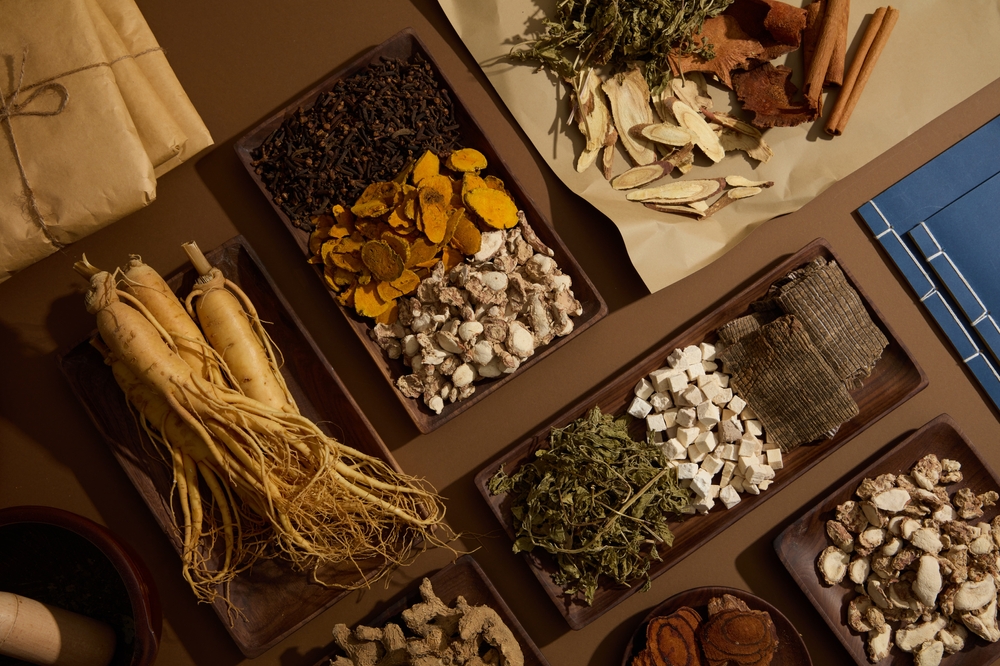
Source: Priscilla Akorfa Fomevor
In a landmark move, the World Health Organization (WHO) has introduced its first Global Traditional Medicine Strategy, aiming to bridge the gap between centuries-old healing practices and contemporary evidence-based healthcare. The resolution, adopted at the 78th World Health Assembly, acknowledges that over 80% of the global population relies on traditional, complementary, and integrative medicine (TCIM) for primary health needs.
The new strategy seeks to integrate therapies such as:
While widely supported by countries including India, China, and several African nations, the approach was met with caution by European member states, who emphasized that all health interventions—traditional or not—must meet strict scientific and regulatory standards.
“Some member states argued that traditional medicine should be regulated just like any other medicine. Others felt almost the opposite. But we found a compromise,” said Rudi Eggers, WHO’s Director of Integrated Health Services.
Despite WHO’s attempt to strike a balance, advocacy groups have raised alarms. Medicus Mundi International warned that by prioritizing clinical validation over spiritual and land-based traditions, the framework risks promoting colonial paradigms of health and undermining Indigenous knowledge.
“We cannot let scientific frameworks erase or marginalize centuries of community-based healing,” one activist stated.
A major pillar of the strategy is ensuring safety and efficacy—yet unlike pharmaceuticals, most traditional treatments lack the funding for rigorous trials. WHO’s limited budget means countries must shoulder the cost themselves.
“Demanding full clinical dossiers for every traditional remedy could effectively ban them—and that’s not the goal,” said Ferdinand Breedveld, President of the Federation of European Academies of Medicine.
As TCIM gains global legitimacy, concerns are rising about fraudulent claims and corporate exploitation. Indian wellness giant Patanjali Ayurved was recently banned by the Supreme Court over false cancer cure advertisements, sparking broader discussions on accountability.
The EU has advocated for stronger transparency laws and ethical guidelines, citing parallels between Big Pharma and unregulated traditional product marketers.
“Whether it’s biomedicine or TCIM, transparency and accountability must guide the process,” said Dr. Tido von Schoen-Angerer, a global health advocate.
Despite challenges, the WHO’s move marks a growing global recognition of TCIM’s role in holistic, accessible healthcare. Two major initiatives have been launched:
“This is not about replacing modern medicine,” said Eggers. “It’s about making space for diverse approaches to healing that are safe, effective, and culturally relevant.”